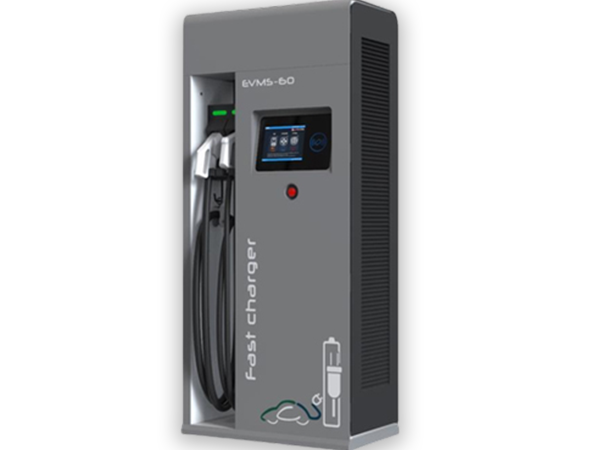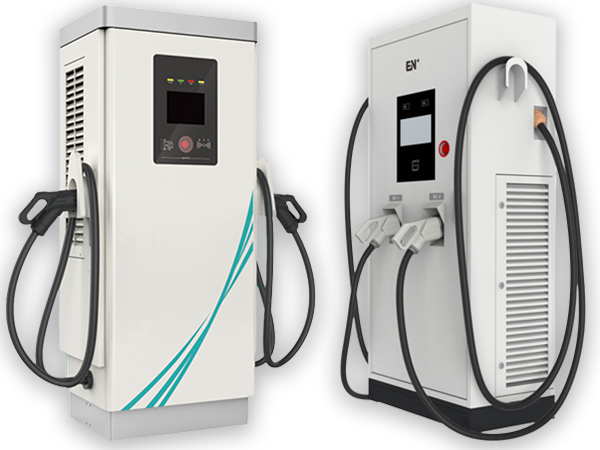On the other hand, DC chargers enable the conversion of current from AC to DC outside the vehicle. This transformation takes place inside the charger itself. DC is then directly fed into the EV, surpassing the need for onboard conversion. These chargers require a lot more power from the grid – nearly 125 A – and are much more expensive to produce, install, and operate. Reduced time for charging is the result of a larger converter present inside the charger in charging stations, as compared to the onboard charger of the car. As a result, a higher output of power is provided to the EV battery in lesser time.
Unlike AC chargers, a DC charger has the converter inside the charger itself. That means it can feed power directly to the car's battery and doesn't need the onboard charger to convert it. DC chargers are bigger, faster, and an exciting breakthrough when it comes to EVs.
DC refers to “Direct Current” – the type of power that the battery actually requires. However, most electric vehicle chargers use AC (alternating current) power to replenish batteries. Batteries do not accept AC Power, so all EVs have a converter or rectifier onboard.


